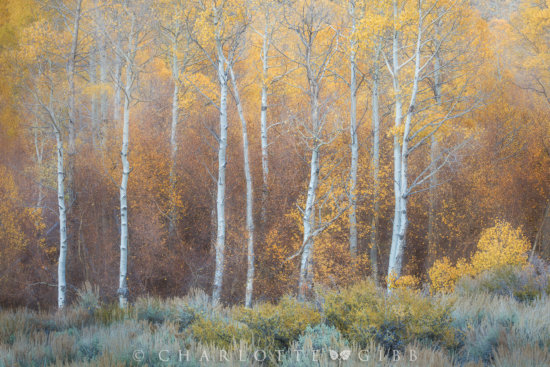7 Tips for winning a Landscape Photography Contest
From time to time, I am invited to judge landscape photography contests. I consider it as much an artistic privilege to evaluate as to be evaluated. To put forth our best work for critique by the creative community is an important part of being an artist in that community. The rewards can go beyond the prize money and bragging rights for your resume. There are also the intangible benefits of having many eyes on your work and using those optics to see it in new and successful ways. Win, place or simply show, the process of putting yourself out there can be enriching from more than one perspective. Whether you’re entering your photograph in a local camera-club contest or an international competition with a major sponsor, here are some tips to help your chances of winning a landscape photography contest.
1. Read the judging criteria carefully
Make sure you understand the official rules and technical requirements of the competition. Also, take time to understand the theme of the contest, paying special attention to category descriptions. For example, I have come across excellent wildlife photos that were entered into the “Landscape” category, rather than the “Nature” category, that had to be disqualified. If the contest is going to use the winning entries as part of an exhibit, consider which of your pieces would fit in best with the theme. If your favorite piece is not in keeping with the exhibit theme, consider entering one of your other photos. Read the rules, theme, and category choices carefully so that your image is not knocked out of the race before it can even be judged.
2. Get the color balance right
Processing choices are enormously varied and personal. An image I consider over-saturated may seem just right to another artist. That said, color balance that wildly departs from nature should be avoided unless there is a compelling artistic reason to do so.

I have seen all kinds of crazy color balances in landscape photographs. Clearly, there is a range of what looks right to your eye, but when you are selecting color balance, try not to stray too far from natural colors.
3. Remove Sensor Dust
It seems obvious, but you’d be surprised how many entries I judged with overt sensor dust. Spots from sensor dust can be removed easily in post-processing, so be sure to give your image a final check before you submit. Sensor dust on your photo will cost you points.

My camera’s sensor was particularly filthy this day, probably from all the particulate in the air from the fires.
4. Get it right in the field
You cannot correct an image in post-processing that was made out of focus in the field, no matter how much sharpening you apply. And, clouds or whitewater that are completely blown out cannot be recovered with any highlight slider. Be meticulous about getting your focus and exposure right in the field.

In the field, choose a shutter speed that will stop movement to prevent blurring, check your focus, and select an f-stop that will ensure a sharp image front to back. You absolutely cannot fix these things in post-processing.
5. Be original
Judges love to see work that demonstrates innovation and creativity. We also love images that are emotionally captivating. Iconic locations are popular landscape photograph subjects because they are breathtakingly beautiful. However, if you want your photo of a famous viewpoint to stand apart, make sure it is especially creative and original, or that the conditions are exceptional. Or better yet, submit another vantage point that’s truly original!
6. Patrol your borders & crop
I have judged many images that contain competing elements around the edges of the frame, which detract from the essential message and beauty of the subject. A simple crop could fix both border issues and composition problems, making a much more compelling image. Never underestimate the power of a well-considered crop.

When I first spotted these Cottonwood trees in the morning mist, I first tried to include the overall scene. Very quickly, I realized that the snow-cover rocks on the slope behind the trees was an enormous distraction, pulling the eye out of the frame.

By zeroing in on just the trees, the composition is made stronger and the subject of the photo more clear.
7. Don’t give up
Didn’t win the first time? That’s okay! Each time you enter a landscape photography contest, you learn a bit more about what it takes to create winning work. You may hear these voices against entering:
- Competitions will do nothing to help my photography career.
- Competitions are completely subjective, so they are meaningless.
- My self-esteem plummets when I don’t win.
I understand. But, to quote my wise father-in-law, “If you ain’t swinging, you ain’t hitting.” So, step up and go to bat for your work!






